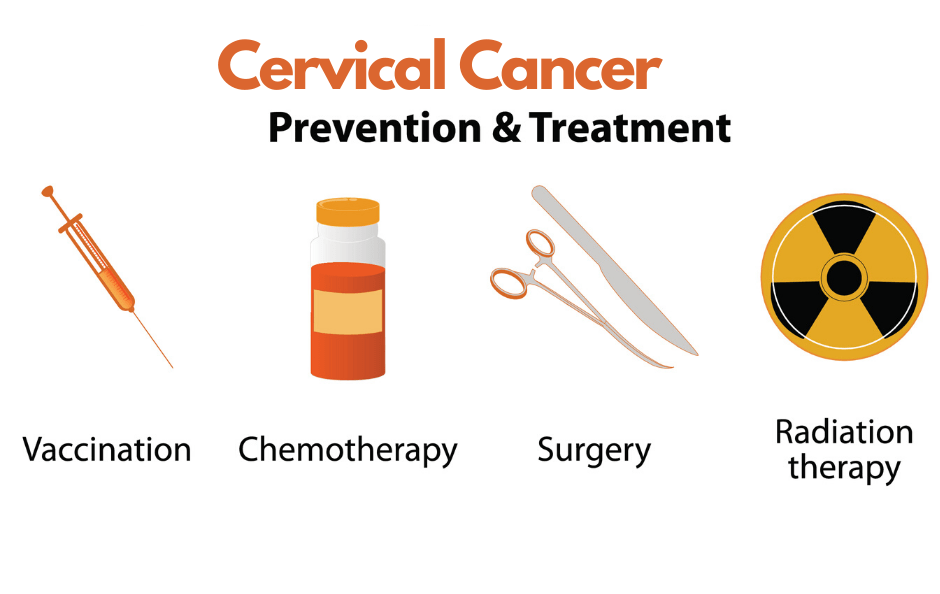Three HPV vaccines—9-valent HPV vaccine (Gardasil 9, 9vHPV), quadrivalent HPV vaccine (Gardasil, 4vHPV), and bivalent HPV vaccine (Cervarix, 2vHPV)—have been licensed by the U.S. Food and Drug Administration (FDA). All three HPV vaccines protect against HPV types 16 and 18 that cause most HPV cancers.
Cervical cancer usually develops in the cervix, which the narrow entrance of the womb. The cervix is a part of the lower uterus.
The American Cancer Society predicted that doctors are likely to make 13,170 new cervical cancer diagnoses by the end of 2019 in the USA. They further also added that over 4,200 women in the US are estimated to die from cervical cancer in 2019.
Human papillomavirus (HPV) is the most common identifiable cause in the majority of cervical cancer cases. The HPV vaccine is effective in preventing Human papillomavirus, but not all types of HPV.
The HPV vaccine was originally approved for females ages 9 through 26. Now, men and women up to age 45 can get vaccinated. US health officials have expanded the recommended age range for people receiving the HPV vaccine to protect against several types of cancer to people in their mid-40s
Early Signs & Symptoms of Cervical Cancer
Most patients are likely to experience no symptoms in the early stages, so it is recommended that women get regular Pap tests or cervical smear test.
A Pap test is a form of preventive measure. It helps indicate and identify the changes in the cervix cells that can possibly be concerning.
If patients do experience some signs, they might include:
- Constant pelvic pain (usually pelvic pain is an alarming sign for cervical cancer or any other condition)
- Bleeding between periods
- Discomfort or pain during sexual intercourse
- Bleeding after coitus
- Post-menopausal bleeding in women
- A strong odor of vaginal discharge
- Blood tinged vaginal discharge
- These symptoms can be caused due to other infections. People experiencing these symptoms should consult a doctor.
Stages
Cancer staging is an important part of treatment as it helps in selecting the most effective technique for treating it.
Staging aims to evaluate where cancer has spread and if it is affecting the distant organs or nearby structures.
The adversity of cervical cancer is categorized through a 0-4 stage system:
Stage 0: Precancerous cells are present in the body.
Stage 1: Cancer cells are growing from the surface and invading cervix’s deeper tissues, possibly getting into the uterus or nearby lymph nodes
Stage 2: Carcinoma cells have moved outside the cervix and uterus, but haven’t affected the pelvis walls or vagina’s lower regions. In this stage, it might or might not have affected the nearby lymph nodes.
Stage 3: Cancer cells have reached to the vagina’s lower region and the pelvis walls, and it might have started blocking the ureters and the tubes connected to the bladder that carry the urine. It might or might not have affected the nearby lymph nodes.
Stage 4:Cancer has attacked the rectum or the bladder and is spreading out from the pelvis. It might or might have attacked the nearby lymph nodes. Over time in stage 4, cancer will spread in distant organs, including the bones, lungs, lymph nodes and liver.
Undergoing screening and receiving proper medical attention in early stages can help in increasing a patient’s chances of survival.























